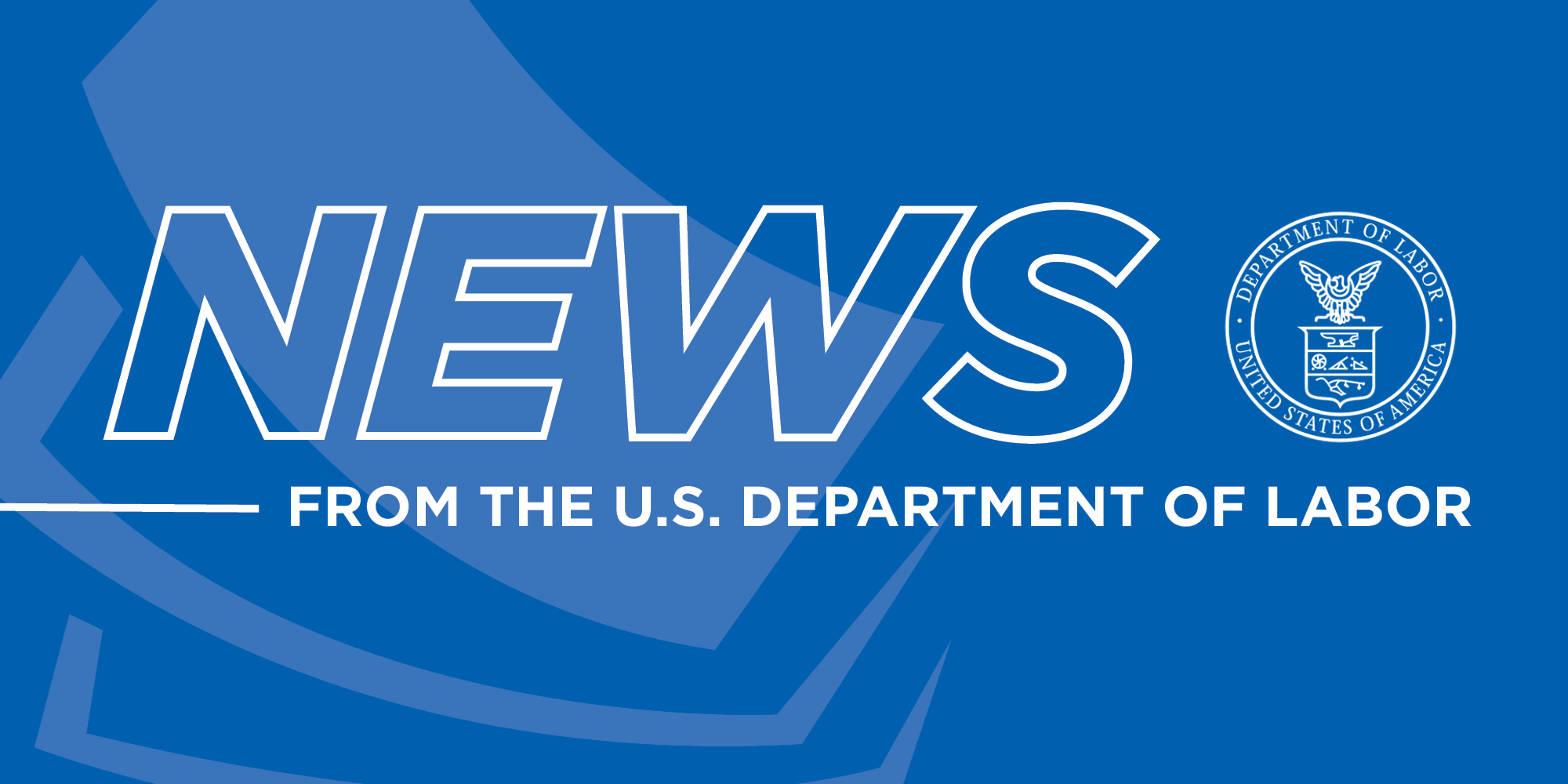
Verena Ross is Chair of the European Securities and Markets Authority (ESMA), which is the EU’s securities markets regulator. She talks about the first couple of years in the job, what changes the implementation of MiCA is likely to mean for providers of crypto-asset services, and how the regulation addresses the potential risks associated with crypto market volatility.
You have been ESMA Chair since November 2021. How have the first couple of years been in your current role? And what are your main priorities for ESMA?
The first couple of years have been exciting and busy. I have, on the one hand, focused on setting a clear strategic direction for ESMA for the next five years. On the other hand, I have been working on making sure that we effectively deliver against our objectives of stable and orderly markets and investor protection. What that means in practice is that, besides the heavy regulatory agenda and the growing direct supervisory remit, we also had to manage a few crises. And ESMA was able to rise to the challenge and bring together the national supervisors in a common drive to deal with the impact of those crisis situations on the European securities markets. Just think of the Russian invasion of Ukraine and the associated energy crisis, or also last March when we had the fallout from the US banking crisis and the Credit Suisse events.
Now, looking forward, I think the ESMA strategy that we published for 2023-2028 really outlines our priorities very clearly. I certainly want ESMA to contribute towards building an effective, stable, and attractive capital market. We would like to enhance the quality of supervision wherever that supervision takes place, and that also means greater convergence between national supervisors. And we want to really strengthen the protection of EU retail investors and build trust in capital markets investment. On top of that, across all our work we also aim to enable sustainable investments and sustainable finance and facilitate technological innovation and use of data for all that we do. Over the next three years, it is important that ESMA continues to make its mark, that we build our reputation for strong technical expertise and excellent supervisory and policy capabilities. And hopefully that will allow us, as the European Securities Market supervisor and regulator, to really play a significant role in the further transformation and strengthening of the EU financial markets.
The implementation of MiCA is poised to bring significant changes for entities providing services in crypto assets. It starts with the obligation to both establish a physical presence and obtain a license in the EU before they can start offering services to EU citizens. To obtain an authorization, these crypto-asset service providers – or CASPs, as they are also known – will have to demonstrate a strong level of operational resilience, adopt robust governance standards and established processes to combat market abuse. CASPs will be subject to the baseline MiCA requirements, but there are certain firms that will also have more specific requirements when it comes to the specific types of crypto-asset services that they offer. For instance, trading platforms for crypto assets will be subject to disclosure and record-keeping requirements for trading data. This means that, ultimately, we can supervise what is going on in those markets.
There is however still a long way to go before MiCA fully enters into application, as it will only start from 2025. During the transition period investors should certainly be vigilant, and make sure that when they invest in crypto assets or consume services, they are doing so with firms that are properly regulated under the EU regime.
How do you plan to coordinate efforts among competent authorities to ensure a cohesive and harmonised approach to MiCA within the EU?
Strong coordination amongst the national authorities is crucial to achieve a cohesive approach to MiCA within the EU. At ESMA we are actively fostering that collaboration to ensure that there is consistent supervision and enforcement of MiCA, like there is for other regulatory regimes across all the Member States.
The MiCA rulebook will only protect investors if it is effectively applied, so it is vital to prepare for the transition to the new regime. The national competent authorities will be responsible for the supervision and enforcement of MiCA on the ground. Therefore, close cooperation between them, which we are trying to foster, is clearly essential. We are working closely with the national authorities to harmonise practices when it comes to authorisation, supervision, and enforcement – obviously starting with the authorisation procedures, as this is the most urgent now.
Additionally, we must also consider that aligning supervisory practice in relation to authorisation procedures is one of several ways to prevent regulatory arbitrage, even before MiCA enters into application completely. At ESMA we are determined to be a forum for national supervisors to share information about authorisation requests, specifically those requests from crypto firms that are active in multiple jurisdictions and globally. This means experts getting together – including some who have national regimes and already have some experience – sharing information and finding common ways forward to make sure that we have a cohesive and harmonized approach to the implementation of MiCA.
How does the regulation address the potential risks associated with crypto market volatility and safeguard European investors from substantial financial losses?
MiCA aims to promote a more orderly crypto market. It also safeguards European investors, simply by bringing crypto assets into the regulatory remit and regime in the first place. For example, ESMA sees resilience and continuity of crypto asset services as one important investor protection objective under MiCA. Many of today’s financial services rely very heavily on IT infrastructure, and nowhere is that more evident than in the crypto market.
In recent years, we have seen several high-profile outages of services affecting crypto assets and they have resulted in both direct losses for clients and indirect losses due to high volatility and crypto-asset values falling significantly. That is why the standards that are proposed in MiCA for business continuity aim to address the operational risks posed by distributed ledger technology. The regulation also aims to ensure that there are common standards on what issuers of crypto assets must disclose in terms of information, to make sure that investors have a clear view of the potential risks. That will also allow EU supervisors to review the promotional material and identify misleading information.
With all that said, even if MiCA represents a crucial step towards addressing the risks that come from crypto assets, many crypto assets are, by their very nature, highly speculative. Therefore, there remains an elevated risk to investor protection and MiCA alone will not change that. It provides a framework for greater investor protection, but it is not a silver bullet.
ESMA has already conducted a few rounds of consultation, what did you learn during this process and what are the next steps?
We have already done two rounds of consultations and certainly gained some valuable insights from stakeholders – including industry experts, but also academics, consumer groups, and other regulators in other parts of the world. This has informed our approach to the detailed regulatory measures under Level 2 and Level 3 that we are currently drafting. The next steps will involve refining that further based on the feedback we have received and obviously continuing to engage with stakeholders in the forthcoming implementation steps. Just to give an example, we had to develop technical standards on the sustainability indicators to be reported by crypto-asset issuers and CASPs – that is, around the technology they use and how much of an impact that might have on the environment. This was something very new for us and we received a lot of valuable input from an entire range of different stakeholders.
In a fast-moving context, how is ESMA dealing with developments in the crypto market, including the emergence of business models that may not be captured by MiCA?
Our main objective remains the timely and adequate application of MiCA as it currently stands. However, we fully acknowledge the need for regulatory frameworks to be flexible and adapt to changes, to make sure they fully address new challenges and innovations. MiCA is an important milestone, but that does not mean we do not believe that it may need to be reviewed in the future to make sure that it remains relevant – particularly in an area such as crypto assets, which moves so quickly. As part of that effort, ESMA – and EIOPA and the EBA, because we are working on this together – will provide input to the forthcoming Commission report on MiCA. This report is meant to set out the latest developments in the crypto market and touch on some related issues, such as non-fungible tokens, lending and borrowing in this market, and decentralized finance. The report, which we should produce by the end of this year, will help the Commission reflect on how best to move forward, and a potential review of MiCA in the next Commission mandate.
In this context, we are also contributing actively to standard setting at the international level – through fora such as the International Organization of Securities Commissions (IOSCO). We want to ensure that we proactively monitor crypto market developments and the emergence of potential risks and try to find common global solutions. Because these are not just players focused on the EU or Member States, but, very often, global players.
Related links
European Securities and Markets Authority (ESMA)
Verena Ross in ESMA
Back to the Finance news blog




